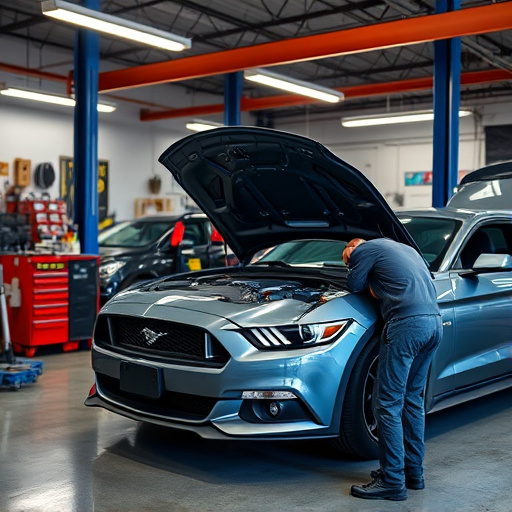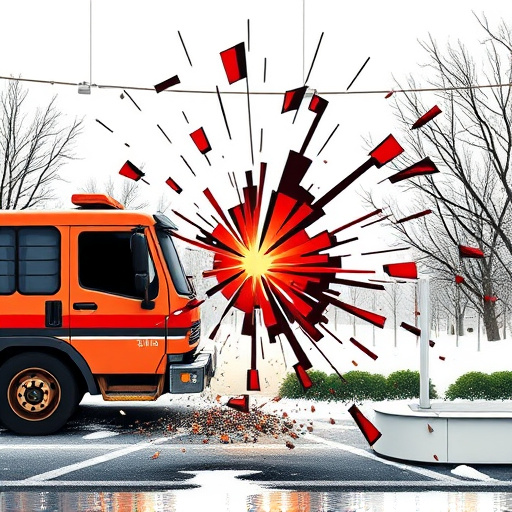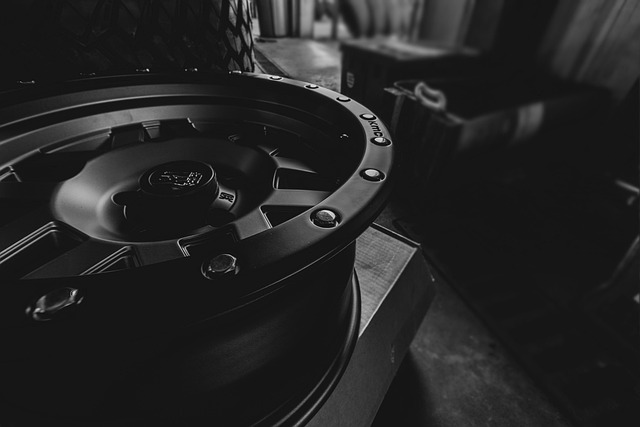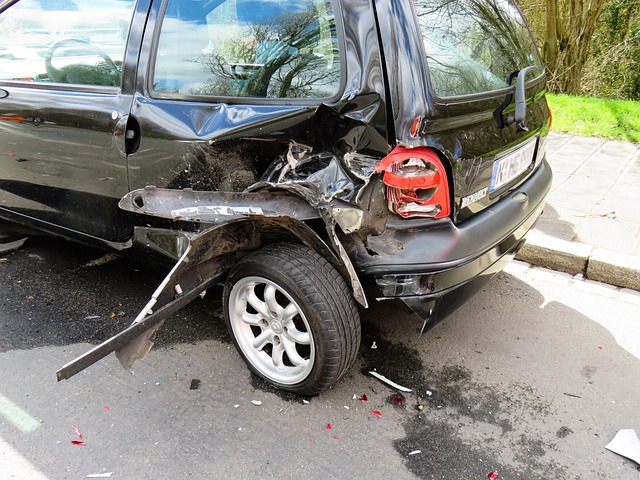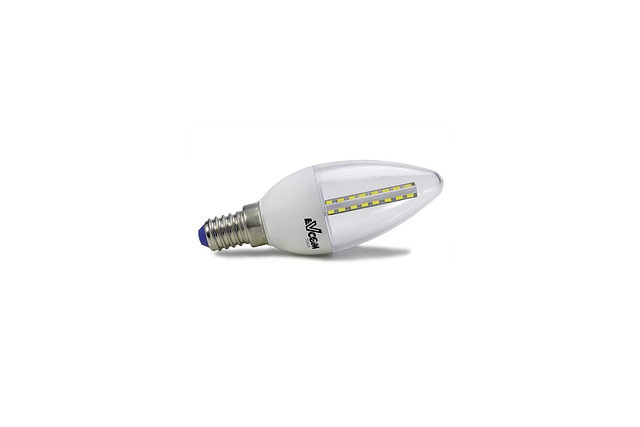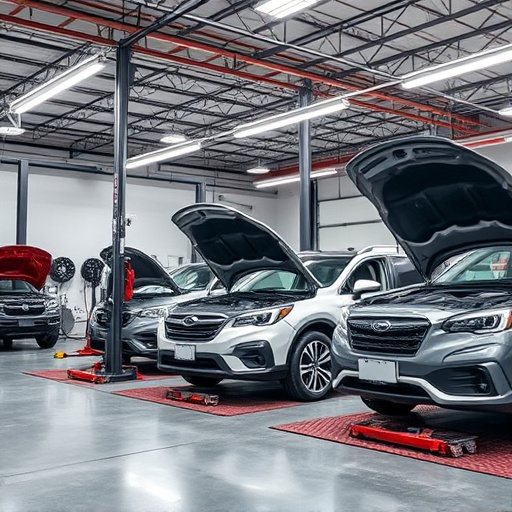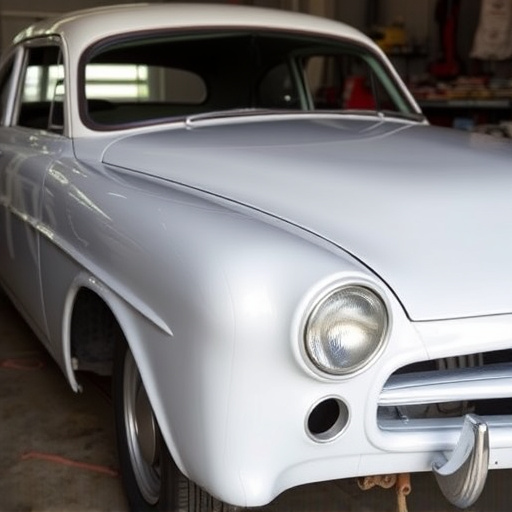Understanding auto body shop estimates is crucial for car owners facing repairs, as they separate costs into materials and labor. Materials vary based on damage extent and part quality, with simple repairs using generic parts and complex restorations requiring OEM components. Labor costs depend on the time needed for assessment, disassembly, repair work, and reassembly, influenced by damage complexity and specialized skills required for intricate alignment and painting processes. Reputable suppliers offer quality parts, while skilled technicians command higher labor rates. Customers should question part sources to secure competitive pricing and ensure high-quality components in collision repair.
In the intricate world of auto body shop estimates, understanding material and parts costs is crucial for both businesses and consumers. This comprehensive guide delves into the components that shape these estimates, offering a transparent view of expenses. From material costs, which vary widely based on factors like rarity and quality, to parts and labor pricing strategies, we break down each element. By navigating these aspects, you’ll gain insights into what drives auto body shop estimates and how to make informed decisions.
- Understanding the Components of Auto Body Shop Estimates
- Material Costs: A Closer Look at the Expenses
- Parts and Labor: Decoding the Pricing Strategies
Understanding the Components of Auto Body Shop Estimates
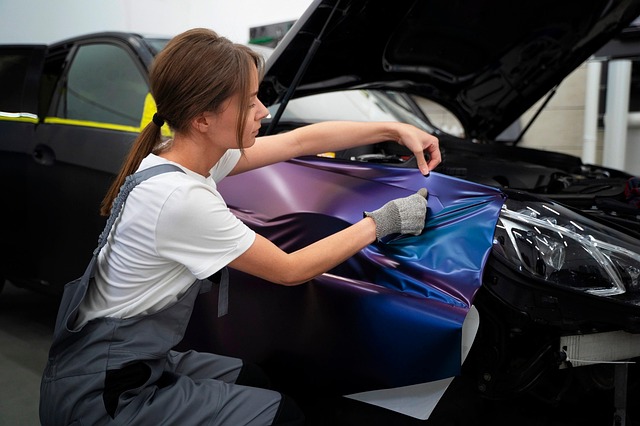
Understanding the components of auto body shop estimates is crucial for any car owner facing repairs. These estimates break down costs into two main categories: materials and labor. Materials, which include parts like fenders, door panels, and paint, vary widely depending on the extent of the damage and the quality of replacement parts chosen. For instance, a simple fender repair might use generic auto parts, while a more complex car restoration may require OEM (Original Equipment Manufacturer) components, driving up costs significantly.
Labor costs, on the other hand, are determined by the time required to complete the repairs. This involves several stages, from initial assessment and disassembly to actual repair work and final reassembly. The complexity of the damage and the specialized skills needed for specific tasks directly impact labor expenses. For example, automotive collision repair often requires intricate alignment and painting processes that necessitate skilled technicians and advanced equipment.
Material Costs: A Closer Look at the Expenses

The materials used in auto body shops play a significant role in the overall cost of repairs, and understanding this aspect is crucial for accurate auto body shop estimates. Material costs can vary widely depending on factors like the type of damage, vehicle make and model, and the specific parts required. For instance, specialized tools and high-end paints used in complex car body repair procedures can significantly increase expenses.
When preparing an estimate for vehicle paint repair or frame straightening, technicians must consider the source of materials. Purchasing parts from reputable suppliers ensures quality, which is vital for long-lasting repairs. Additionally, the cost of labor should be factored in, as skilled technicians charge more for their expertise. This comprehensive approach to material and labor expenses helps customers understand the breakdown of charges in their auto body shop estimates.
Parts and Labor: Decoding the Pricing Strategies

When reviewing an auto body shop estimate, understanding the breakdown between parts and labor is crucial for any vehicle owner. The pricing strategies employed by auto body shops can vary significantly, reflecting market conditions, competition, and the specific services offered. While labor rates are often transparent and tied to industry standards, parts costs can be more nuanced.
Auto repair services, including collision repair, involve a wide range of components, from simple replacement parts like fenders or headlights to complex electronic modules. Shops may source these parts from various suppliers, leading to price variations. Additionally, the cost of specialized or aftermarket parts can significantly impact the overall estimate. Customers should inquire about part sources and alternatives to ensure they receive competitive pricing and understand the quality of components used in the automotive collision repair process.
Auto body shop estimates are complex, reflecting not just material costs but also parts and labor pricing. By understanding the components that make up these estimates, customers can better navigate the process and make informed decisions. When evaluating quotes, remember to consider both the quality of parts used and the reputation of the shop’s labor, ensuring you receive a fair and comprehensive auto body repair estimate.
